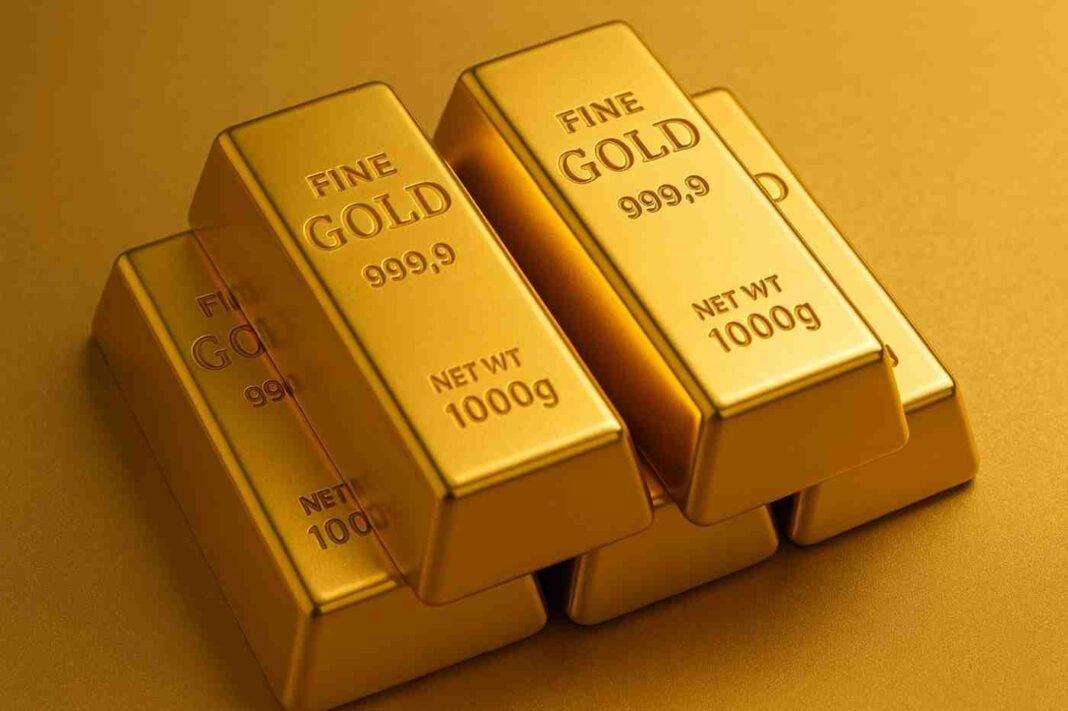Gold at Historic High: Investors Eye Other Options
Gold prices in India have surged to an all-time high, touching ₹1,16,410 per 10 grams on September 30, 2025. This marks a steep rise from the earlier peak of ₹1,14,360 recorded just a week prior on September 23. The jump comes on the back of festive season demand and global economic uncertainties, pushing investors to re-evaluate their financial strategies. While gold remains a preferred safe-haven asset, many are now looking toward alternative avenues to diversify portfolios and mitigate risk.
The festive season, traditionally associated with gold buying in India, also serves as an opportune moment for families to review long-term financial goals. With gold scaling record levels, five promising alternatives are emerging for investors seeking both safety and growth.
Real Estate Investment Trusts (REITs)
For investors who want exposure to the real estate market without directly purchasing property, Real Estate Investment Trusts (REITs) offer a convenient choice. REITs pool money from investors and acquire income-generating commercial properties such as office spaces, malls, and hotels. These trusts are required to distribute at least 90% of their net cash flow within six months, making them attractive for regular income seekers.
Listed on stock exchanges, REITs provide the advantage of liquidity—unlike physical real estate, they can be easily bought and sold. In addition, they are regulated by the Securities and Exchange Board of India (SEBI), ensuring transparency and safety. For those seeking rental income and potential long-term appreciation without the hassle of direct property management, REITs are a strong option.
Mutual Funds Through SIPs
Mutual funds, especially via Systematic Investment Plans (SIPs), continue to remain a simple yet effective wealth-building tool. SIPs allow investors to contribute small amounts regularly, enabling disciplined savings over time. The power of compounding ensures that even modest contributions grow significantly in the long run.
Despite short-term market volatility, Indian equities have consistently delivered strong returns in the long term. With a wide range of fund options—equity, debt, hybrid, and thematic—mutual funds provide flexibility to match varying risk appetites and goals. For investors beginning their journey or seeking to expand their exposure, SIPs are a practical route to create wealth steadily.
Bonds as a Steady Income Source
Bonds are gaining traction as a reliable choice for conservative investors seeking predictable returns. In comparison to fixed deposits, which currently offer 6.25% to 7.1%, bonds yield better interest, often in the range of 7% to 8% for safer instruments like Government Securities (G-Secs), State Development Loans (SDLs), and Public Sector Undertaking (PSU) bonds.
For those willing to take slightly higher risks, investment-grade corporate bonds offer returns between 8% and 15%, depending on tenure and issuer quality. Bonds provide a steady income stream and suit investors with short-to-medium-term horizons of one to five years, especially those looking to safeguard capital while earning inflation-beating returns.
Exchange-Traded Funds (ETFs)
Exchange-Traded Funds (ETFs) have become popular with investors seeking diversified exposure to equity markets. Much like stocks, ETFs are traded on exchanges and are backed by assets such as stocks, bonds, or commodities. In India, ETFs tracking indices like the Nifty 50 or Sensex are widely chosen, offering a simple and cost-effective way to access broad market performance.
ETFs typically involve lower management fees compared to actively managed funds, making them suitable for cost-conscious investors. Their transparency and liquidity also add to their appeal, making them a good alternative for those aiming to balance risk with long-term growth.
Silver: The Affordable Precious Metal
While gold is scaling new peaks, silver has quietly delivered remarkable returns. Prices of the white metal have surged 54% over the past year, with a three-year compounded annual growth rate (CAGR) of 35.8%. Over the last five years, silver has risen from ₹57,626 per kilogram to ₹1,38,079, reflecting robust long-term appreciation.
The gold-silver ratio, currently hovering around 80, underscores silver’s relative value compared to gold. Traditionally, silver moves in tandem with gold but remains a more affordable entry point for investors seeking exposure to precious metals. With industrial applications adding further demand, silver continues to shine as a viable alternative in the investment mix.
Diversification is Key
With gold touching record highs, investors have a unique opportunity to rethink their financial strategies. While the yellow metal will likely remain a trusted safe-haven asset, balancing portfolios with alternatives such as REITs, SIPs, bonds, ETFs, and silver can provide both stability and growth potential.
As always, it is advisable to consult a financial advisor before making investment decisions. Personalized guidance can ensure that choices align with individual risk appetite, liquidity needs, and long-term financial goals.








